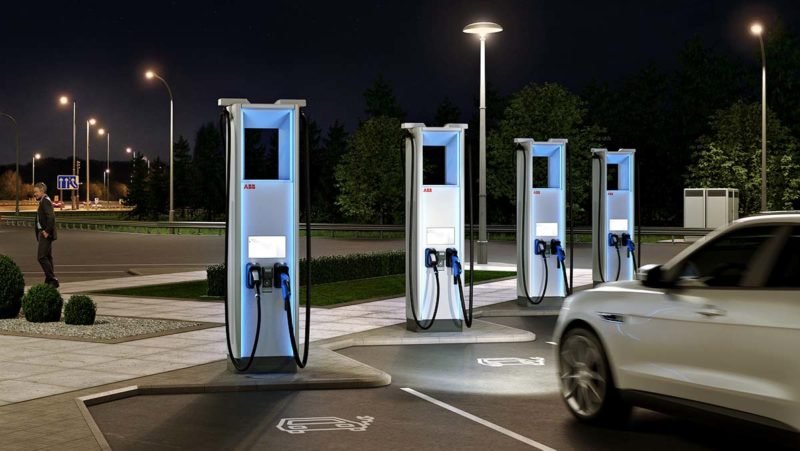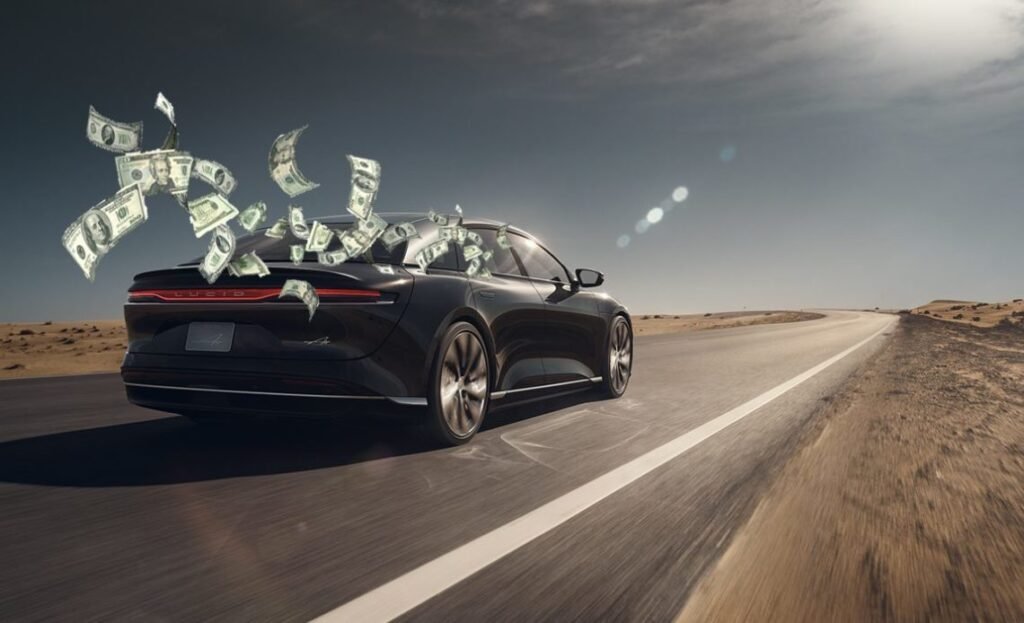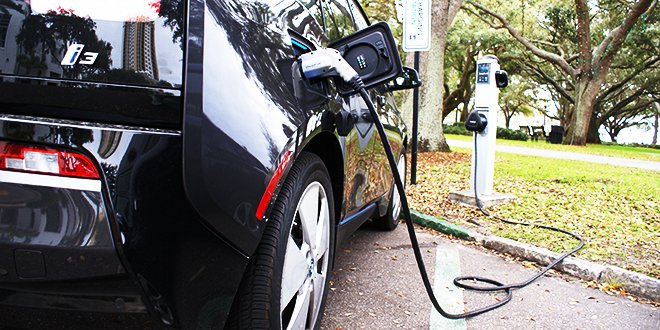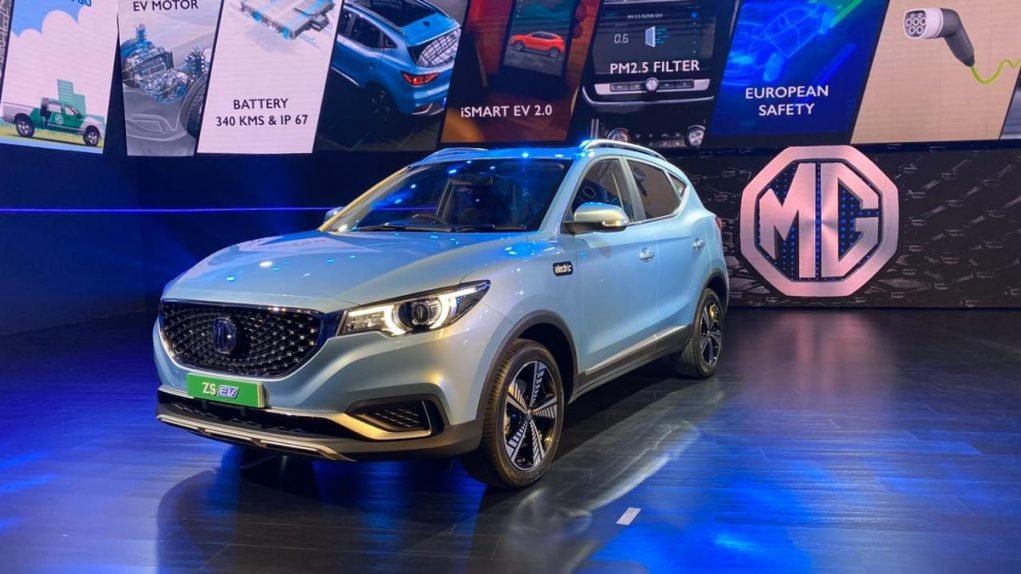Introduction
India, like many other countries in the world, has embarked on an ambitious path to harness electric mobility as a means of combating climate change and reducing its dependence on fossil fuels. While the intentions behind India’s electric vehicle policy are laudable, a closer look reveals serious flaws that hamper its effectiveness and potential.
This article highlights the major shortcomings of India’s EV policy and discusses areas that need attention and improvement.
Lack of Adequate Infrastructure
India’s ambitious plans to introduce electric mobility as a sustainable alternative to conventional vehicles are commendable. However, one of the major shortcomings hampering the success of India’s electric vehicle (EV) policy is the lack of adequate infrastructure to support the widespread adoption of electric vehicles. The lack of robust charging infrastructure across the country is a major obstacle that needs to be addressed urgently.
Range anxiety, discharge fear, and being stuck in one place are legitimate concerns for potential EV buyers. The limited number of charging stations has exacerbated this concern and is a barrier to EV adoption. Without a network of accessible and well-located charging stations, consumers plan long-distance trips or find it difficult to rely on EVs for daily commuting.
Poor infrastructure also affects loading speeds. The availability of fast charging stations is essential to minimizing charging time for electric vehicles. However, the current infrastructure does not offer a comprehensive network of fast-charging options, resulting in longer wait times for electric vehicle owners. To meet this challenge, governments and stakeholders should priorities the development of a robust and ubiquitous charging infrastructure. This includes increasing the number of charging stations in cities, highways, and public parking lots.
It is important to encourage private sector investment in charging infrastructure and financially support the expansion of charging networks. By working with power companies, we can also leverage existing grid infrastructure to facilitate the installation of charging stations. In addition, standardized charging protocols and interoperability between different charging networks should be established to ensure continuous charging for electric vehicle users. Clear guidelines and regulations must apply to the installation, operation, and maintenance of charging infrastructure.

Affordability and High Cost of EV
One of the major limitations of India’s electric vehicle (EV) policy is the affordability and high initial cost of electric vehicles. Although the government has introduced various incentives and subsidies to encourage the adoption of EVs, the initial purchase price of EVs is still significantly higher than that of conventional vehicles. This accessibility gap is a significant barrier to mass adoption and must be effectively addressed.
Affordability remains a challenge in the Indian market despite the falling cost of electric vehicle technology around the world. The high cost of electric vehicles is mainly due to factors such as expensive battery technology, limited economies of scale, and reliance on imported components. This will lead to higher purchase prices for consumers, making EVs less affordable, especially for low- and middle-income segments of society.
To overcome this obstacle, India’s electric vehicle policy should priorities reducing the initial cost of electric vehicles. This can be achieved through additional subsidies, tax breaks, and incentives for producers and buyers. Governments can facilitate domestic production of electric vehicle components by providing financial support, promoting research and development, and encouraging cooperation between domestic and foreign actors. By fostering strong domestic production ecosystem economies of scale are achieved, leading to cost savings and increased affordability.

Insufficient Battery Manufacturing Capacity
A major flaw in India’s electric vehicle (EV) policy is the country’s inadequate battery production capacity. Amid government efforts to promote electric vehicle adoption, the country’s heavy reliance on imported battery technology hinders the development and sustainability of the electric vehicle ecosystem.
To overcome this hurdle and build a robust EV industry, India needs to priorities developing its domestic battery manufacturing capacity. Producing high-quality batteries is critical to the success of electric vehicles. However, India now relies heavily on imports of cells and batteries, especially from countries such as China and South Korea. This not only drives up the cost of electric vehicles but also creates gaps in the domestic supply chain.
Price volatility, geopolitical factors, and limited availability can disrupt the proper functioning of the electric vehicle market and hamper its growth potential. To address this issue, India’s EV policy should priorities the development of the country’s battery manufacturing infrastructure. Governments should provide incentives and support to encourage global battery manufacturers to set up manufacturing facilities in their countries.
These include financial incentives, tax credits, favorable regulations, streamlined permitting processes, and more. Working with global battery manufacturers will facilitate technology and knowledge transfer and contribute to increasing India’s battery production capacity. Additionally, governments should priorities skill development programmes and training efforts to create a skilled workforce capable of handling the battery manufacturing process. This will help create job opportunities, boost economic growth, and lay a solid foundation for India’s independent electric vehicle industry.

Insufficient Public Awareness and Education
One of the major shortcomings of India’s electric vehicle (EV) policy is the lack of public awareness and education on electric mobility. Although the government has taken significant steps to promote electric vehicle adoption, the lack of comprehensive awareness campaigns and education efforts has hampered mass adoption of electric vehicles. Resolving this issue is key to overcoming misconceptions, increasing consumer confidence, and accelerating the transition to electric mobility.
Many potential EV buyers in India still have misconceptions and doubts about EVs. Common concerns include limited range, a lack of charging infrastructure, and high costs. These misconceptions are often due to rapid advances in electric vehicle technology, improvements in charging infrastructure, and a lack of information and awareness of the general benefits of electric mobility. To address this vulnerability, India’s EV policy needs to prioritise comprehensive awareness campaigns. These campaigns should focus on disseminating accurate information about electric vehicles, their benefits, and the supporting infrastructure in place.
Governments can work with industry representatives, NGOs, and the media to reach a wider audience and ensure a consistent message. Educational efforts aimed at different social groups are also very important. This includes workshops, seminars, and interactive programmes to educate potential electric vehicle buyers, fleet operators, and policymakers about the environmental and economic benefits and long-term cost savings of electric vehicles. Includes holding sessions. Schools and educational institutions can also play an important role in promoting EV awareness by incorporating relevant topics into their curricula and organising awareness programmes.
Additionally, the government should encourage the establishment of EV experience centers and showrooms through public-private partnerships. These centers offer hands-on experiences and information about electric vehicles, including test drives, demonstrations, and interactive exhibits. By providing the public with an accessible and engaging way to learn about e-mobility, we can gradually remove barriers to adoption. Working with industry players, EV manufacturers, and charging infrastructure providers is key to raising awareness.
Together, they can develop and execute targeted marketing campaigns, conduct demonstrations, and attend events to educate consumers and effectively solve problems. In summary, addressing the lack of public awareness and education is key to the widespread adoption of EVs in India. Through comprehensive awareness campaigns, educational initiatives, and stakeholder engagement, governments can demystify misconceptions, build consumer confidence, and promote the benefits of electric mobility. By providing accurate information to the public, India can accelerate and enable the EV transition towards the Sustainable Development Goals in the transport sector.

Conclusion
While India’s electric vehicle policy showcases the government’s commitment to sustainability and reducing greenhouse gas emissions, it is not without its flaws. The limited charging infrastructure, high upfront costs, inadequate battery manufacturing capacity, lack of a recycling framework, and insufficient public awareness collectively hinder the effective implementation of the policy. Addressing these flaws and incorporating necessary reforms can strengthen India’s EV policy, accelerate the transition to electric mobility, and help build a greener and more sustainable future.




